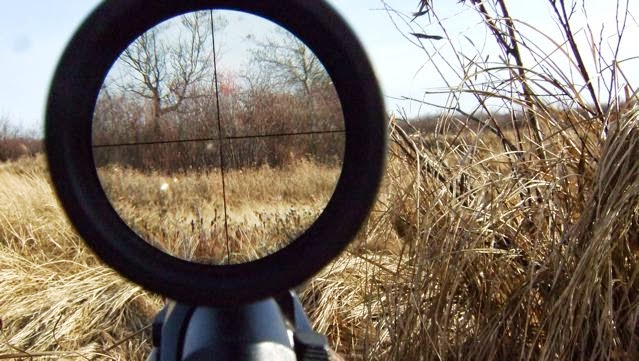Back to the story...
I think at last post I was just fitting cork rings on the rod for the handle. I continued with that, and then glued the rings together with wood glue (Tite-bond 3) and put them in a press overnight. The glue kind of oozed out from between the rings, and they stick together real good.
Then comes the lathe. To shape the handle I used coarse grit sandpaper at first, then finer and finer grit to get the finished shape all silky smooth. I chose a full wells grip because I like the look. Also I feel like anything over a 6 weight rod should have a full wells grip. Also, a fighting butt for the end. For all the fighting. Okay, handle done. On to wrapping guides.
The guides need to be measured out carefully at particular distances from the tip top. I'm sure these measurements are some guy's job who slaves in a dark office and no longer finds any joy in fly fishing. So you mark out the locations of the guides by using thin strips of masking tape. I didn't quite realize how much of rod building is really about masking tape. We used a shit ton of that stuff.
The wrapping takes place on a wrapping table, that can be as shoddily or beautifully constructed as you want. Really, you just need a place to keep the thread with some tension, and a surface to rotate the rod. The process is finicky at first, but once you get the hang of it it goes fairly fast. The hardest part is the thin part of the blank at the top. I accomplished the wrapping in a weekend, thanks to shitty weather, a hangover, and a series of terrible movies in the background.
So the final step, once everything is wrapped on, is to coat the wraps with a polymer called Flex-Coat. You mix it like epoxy, a resin and a hardener, and then paint it on to the wraps until the stuff gets too tacky to work with. I did the whole rod using four batches of the polymer. When it hardens it maintains some flexibility so that it doesn't crack off when the rod flexes.
I'll be attaching the fighting butt with epoxy once the rod comes off the turning motor later today. Hopefully the next installment of this saga will involve gratuitous fish photos, and various in situ glamour shots of the rod.















